Choose the Right Interior Door: Selection & Sourcing Guide for Professionals
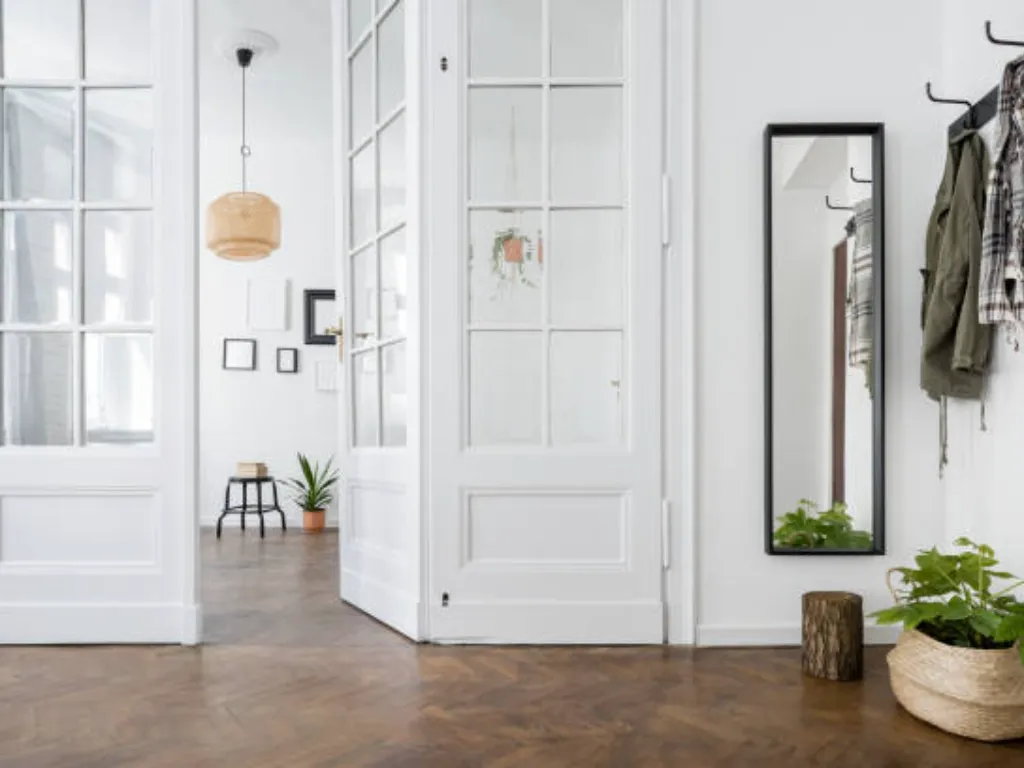
Selecting the right interior door supplier goes far beyond comparing catalog prices. It’s about choosing partners who can deliver consistent quality, on-time shipments, and products that meet international standards. For global buyers such as construction firms, renovation companies, distributors, and interior design studios, a dependable manufacturing partner ensures every project runs smoothly from specification to delivery.
This guide provides a comprehensive breakdown of major interior door types, materials, and sourcing strategies. It empowers procurement professionals to make informed decisions—balancing cost, performance, and compliance—while building sustainable supplier relationships in China’s competitive manufacturing landscape.
Interior Door Types and Operation Mechanisms Explained
The fundamental way a door opens and closes is the first critical decision. This choice directly impacts space planning, functionality, and the final aesthetic of a project.
Hinged Doors
Hinged doors are the most common and versatile type. They are supported by hinges fastened to one side of the door frame. Their use is incredibly versatile, as hinges can support both standard and oversized doors and can be placed on either side. This makes them a safe, reliable bet for standard passageways between rooms.
Sliding Doors
Sliding doors open horizontally by gliding on an overhead track. This mechanism saves the valuable floor space normally required for a door’s swing arc. This category includes popular subtypes like barn doors on an exposed track and pocket doors that slide into a wall compartment. They are ideal for compact areas like pantries and closets.
Folding Doors
Folding doors consist of multiple vertical panels connected by hinges. These panels fold together in an accordion-like fashion when opened. They are most commonly used in pairs for closets, utility rooms, or as room dividers. This design offers a space-conscious option that doesn’t need as much clearance as a standard hinged door.
Retractable Doors
Retractable doors operate similarly to sliding doors but are engineered to retract into a compact housing. The residential pocket door is a prime example, sliding into a built-in compartment inside the wall itself. This mechanism is often seen in premium or commercial applications for a seamless look.
Core Interior Door Styles and Their Applications
Beyond how they move, door styles define the character of a space. Sourcing the right style is crucial, as it must be perfectly matched to its functional role and the target market’s design trends.
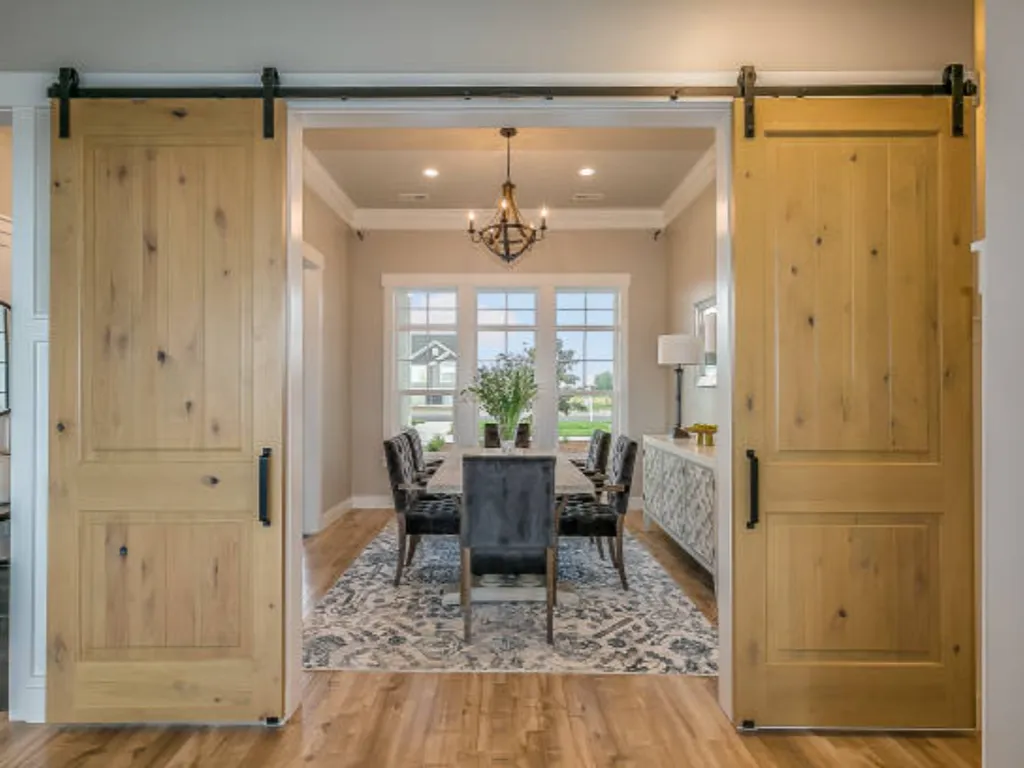
Panel Doors (Slab Doors)
Panel doors are the most commonly used interior door style. They feature raised or recessed panels that add depth and character to any room. They are available in numerous configurations, from a traditional six-panel design to a minimalist four-panel Shaker-style. This timeless choice is readily available in multiple sizes for various applications.
French Doors
French doors are characterized by multiple glass panels arranged in a grid pattern. These panels often extend the door’s full length, creating an elegant appearance. Their primary function is to allow natural light to flow between rooms while maintaining a sense of separation. They are perfect for home offices, dining rooms, or connecting living spaces.
Barn Doors
Barn doors are a specific sliding door style that hangs from a prominent exposed track. They offer a distinct rustic charm and space-saving functionality. A key trade-off is that they do not provide a tight seal, reducing privacy and sound insulation compared to hinged doors. They are ideal for primary suites or as a statement piece in modern kitchens.
Flush Doors
Flush doors feature a perfectly smooth, flat surface without any decorative panels. This offers a clean, contemporary look that fits modern and minimalist interior designs. They can be made from wood veneers, MDF, or engineered wood. This often makes them a more affordable option than detailed panel doors.
Louvered Doors
Louvered doors are composed of horizontal slats. This design allows air to filter through while maintaining a degree of visual privacy. They are essential for spaces requiring constant ventilation, like closets, utility rooms, and bathrooms, to prevent moisture and mustiness. They can also serve as a stylistic choice for various interior themes.
Glass-Paned Doors
Glass-paned doors incorporate glass panels to create visual continuity between spaces. They are excellent for allowing light to filter into darker areas of a home. Frosted glass options provide a smart balance of light transmission and privacy. They are perfect for home offices, sunrooms, or as elegant dividers between rooms.
Bifold Doors
Bifold doors consist of two vertical panels that fold and stack together when opened. They are typically used in pairs to cover wider openings. This design is most commonly used for closets, laundry rooms, or to hide utilities. It is a highly space-efficient solution where even a sliding door’s track is undesirable.
Interior Door Construction: Core Types & Materials
Understanding what’s inside a door is crucial for predicting its performance, cost, and suitability. This knowledge helps you avoid costly quality rejections and ensures product satisfaction for end-users.
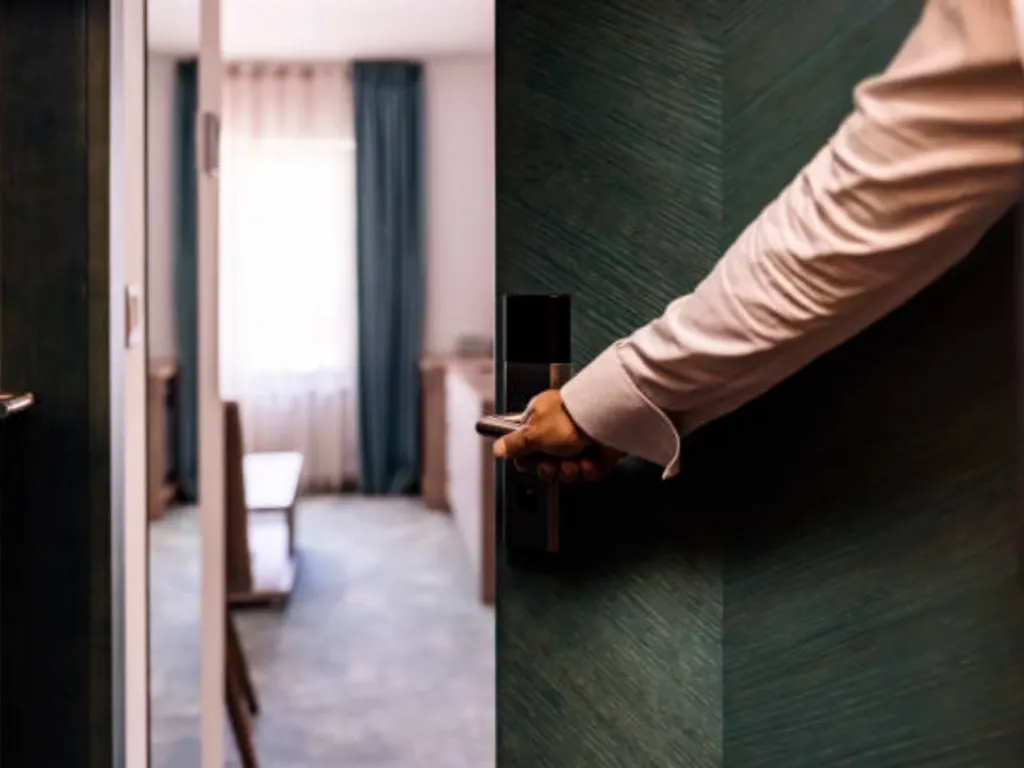
Hollow Core Construction
Hollow core doors are economical and lightweight, making them the most common construction for stock interior doors. The exterior is clad in wood, veneer, or MDF, but the core is a honeycomb structure, often made of cardboard. They provide minimal sound insulation and are more easily damaged, making them best for low-traffic areas.
Solid Core Construction
Solid core doors feature a core of solid wood, particleboard, or engineered wood, making them substantially heavier and more robust. They offer superior sound insulation, a more luxurious feel, and better overall durability, with some able to achieve fire ratings.
Solid Wood Construction
Solid wood doors are crafted from a single wood species like pine, oak, or mahogany. They offer a warm, traditional aesthetic, can be stained or painted to match any decor, and reduce sound transfer effectively. This is the premium option, often used for high-end projects and custom doors, but it requires more maintenance to prevent warping.
MDF & Engineered Materials
MDF doors are a sturdy, mid-priced option. Moulded panel doors are often made from MDF composites stacked in layers for added durability. They provide a cost-effective way to achieve a paneled look without the cost of solid wood and are notably resistant to denting.
Strategic Sourcing Insights for Global Buyers and Project Managers
For importers and brand owners, selecting a door involves more than just aesthetics. It requires balancing design with supply chain reliability, compliance, and market demands to ensure a profitable and smooth operation.
Addressing Quality & Consistency Pain Points
Mitigate risk by partnering with suppliers who offer transparent production and rigorous Quality Control (QC) protocols. Specify material certifications (e.g., FSC for wood) and demand a consistent sample approval process to prevent ‘item non-conformance’ issues. For consistent performance, consider solid core or MDF constructions over lower-cost solid wood, which can warp.
Navigating MOQ, Logistics & Lead Times
Hollow core doors are lighter, reducing shipping costs, but are more susceptible to damage in transit—require robust packaging specs. Pre-hung doors (door pre-installed in its frame) save nearly 3 hours of installation time per unit but are bulkier to ship than slab doors. Consolidate orders across door styles and related hardware to meet MOQs efficiently.
Ensuring Compliance & Market Readiness
For Western markets, verify products meet all relevant safety standards (e.g., tempered glass in doors is often a code requirement). Ensure all finishes and stains comply with regional VOC regulations and fire codes, especially for multi-unit housing projects. Source from manufacturers with environmental certifications (e.g., ISO 14001) as a market differentiator.
How ASG Simplifies Interior Door Sourcing for Global Brands
Choosing the right interior door supplier goes beyond product quality—it’s about achieving consistency, compliance, and efficiency at every stage of the supply chain. Many importers and distributors face similar challenges when sourcing interior doors from China: unstable quality control, unclear communication, fragmented logistics, and limited transparency across factories.
ASG bridges this gap by combining on-the-ground factory expertise with advanced data-driven sourcing. Whether you’re managing large-scale commercial projects, residential developments, or private-label door lines, ASG ensures you get reliable products that meet exact specifications, backed by verified manufacturers and end-to-end quality oversight.
Streamline Your China Sourcing with AI and Local Expertise
Partner with Asian Sourcing Group to connect directly with verified factories through AI-powered matching and on-the-ground support. Cut costs, save time, and reduce risks across apparel, furniture, packaging, and more—without hidden markups.

Transform both indoor and outdoor spaces with reliable suppliers: explore our outdoor furniture sourcing insights from China.
الأسئلة الشائعة
What is the most soundproof type of interior door?
Solid core doors provide the best sound insulation, followed by solid wood doors. Their dense internal construction effectively blocks noise transmission between rooms. Hollow core doors, with their lightweight honeycomb interior, offer minimal sound blocking and are not suitable for areas where privacy and quiet are priorities.
Which interior door is best for a small space or a tight area?
For small spaces, recommend space-saving solutions like sliding barn doors, pocket doors, and bifold doors. These options are ideal because they eliminate the ‘swing arc’ needed by traditional hinged doors. This allows for better furniture placement and maximizes the usable square footage in tight areas like closets or pantries.
What are the main advantages of pre-hung doors vs. slab doors?
Pre-hung doors come pre-mounted in their frame with hinges attached, ensuring a proper fit and easier installation. Slab doors are just the door itself and are more economical, designed to be installed into an existing frame. The key advantage is the significant time savings—up to 3 hours per door—when using pre-hung units.
How do I choose between a hollow core and solid core door?
The choice boils down to budget versus performance. Hollow core is the budget-conscious choice for low-traffic areas like closets, where sound and durability are less critical. Solid core is the superior choice for bedrooms, offices, and main living areas where noise reduction, durability, and a premium feel are required.
What door is best for a bathroom or closet needing ventilation?
Louvered doors are the best solution. Their slatted design allows for crucial air circulation, which is essential for managing moisture in bathrooms to prevent mold and for preventing mustiness in closets. A solid door would trap this air, leading to potential humidity and odor issues over time.


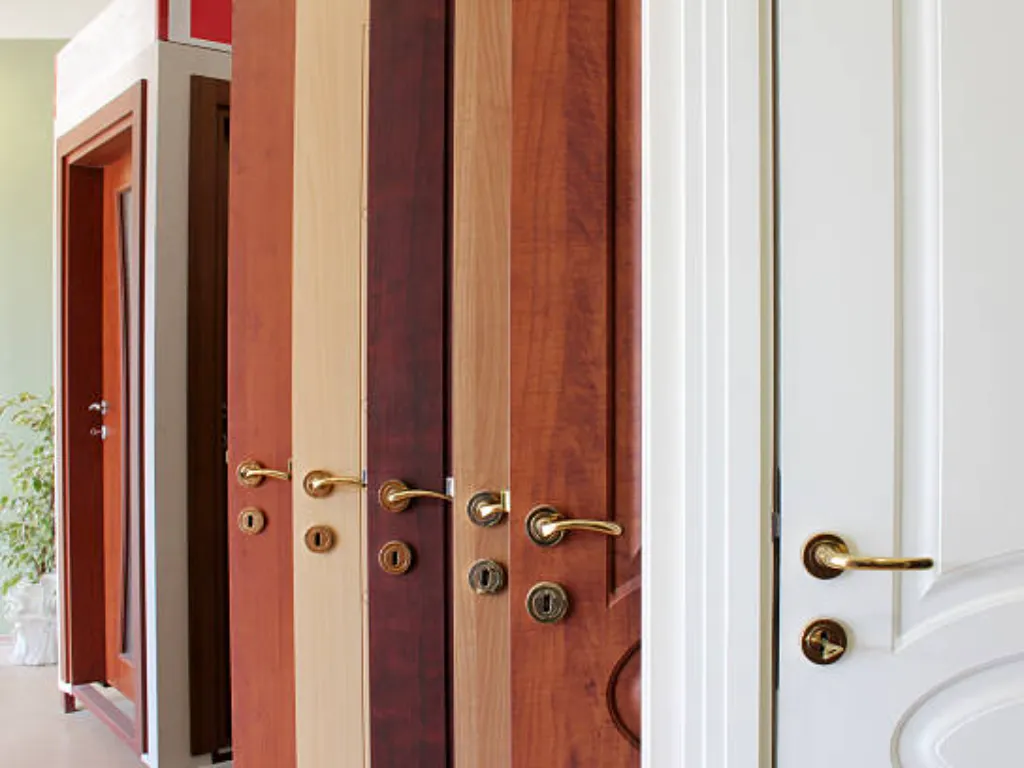
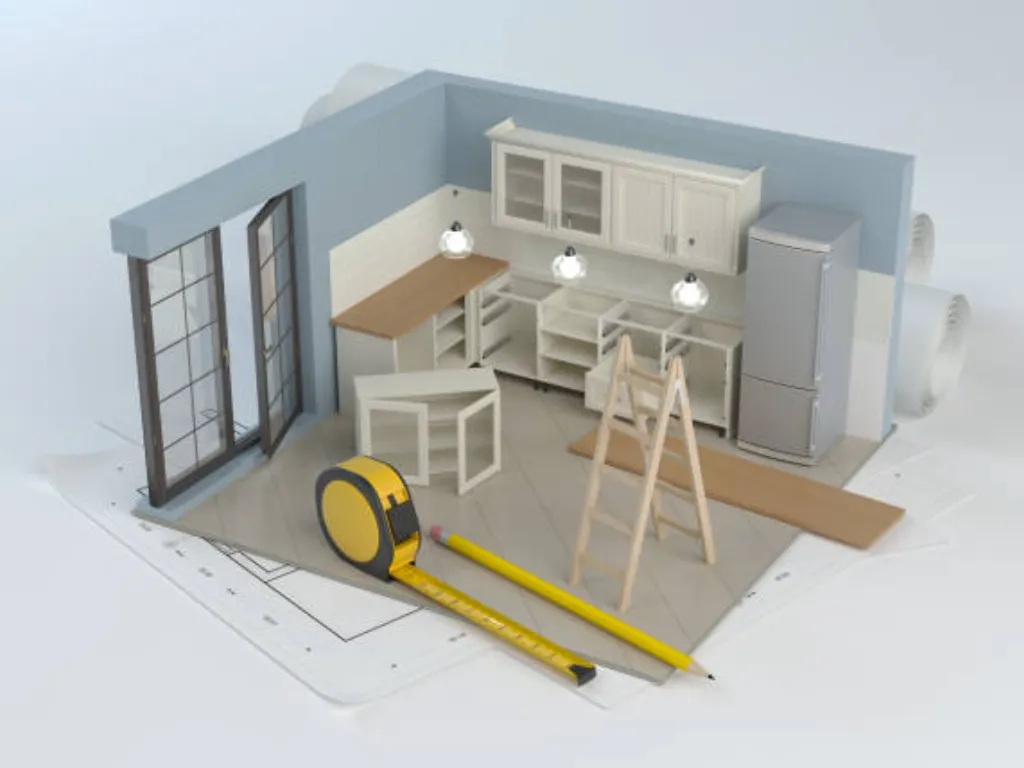
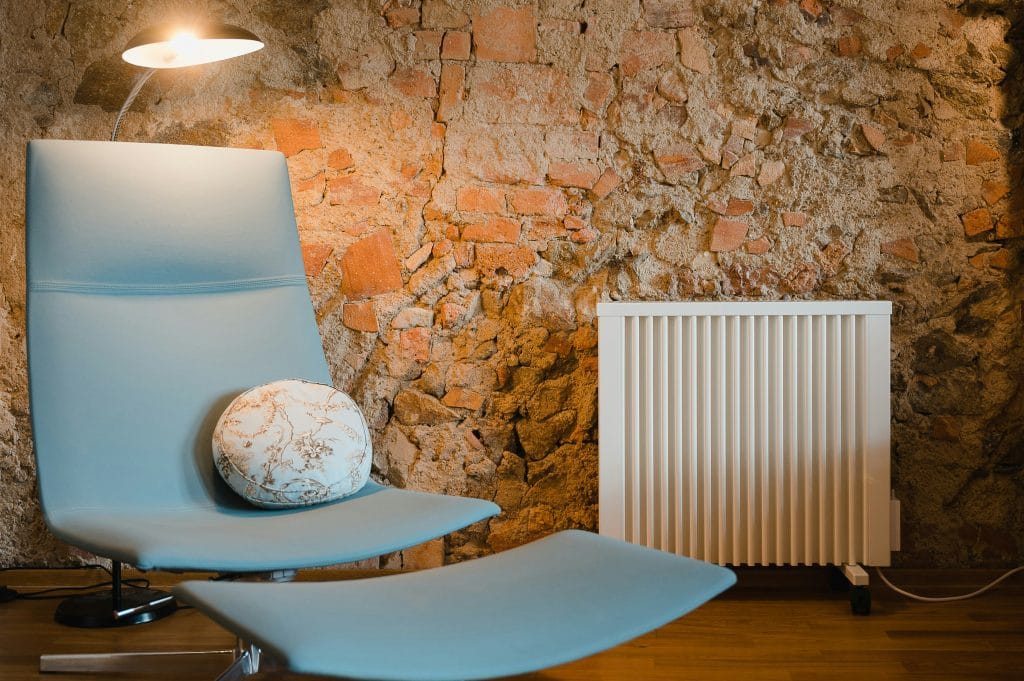


-300x198.png)